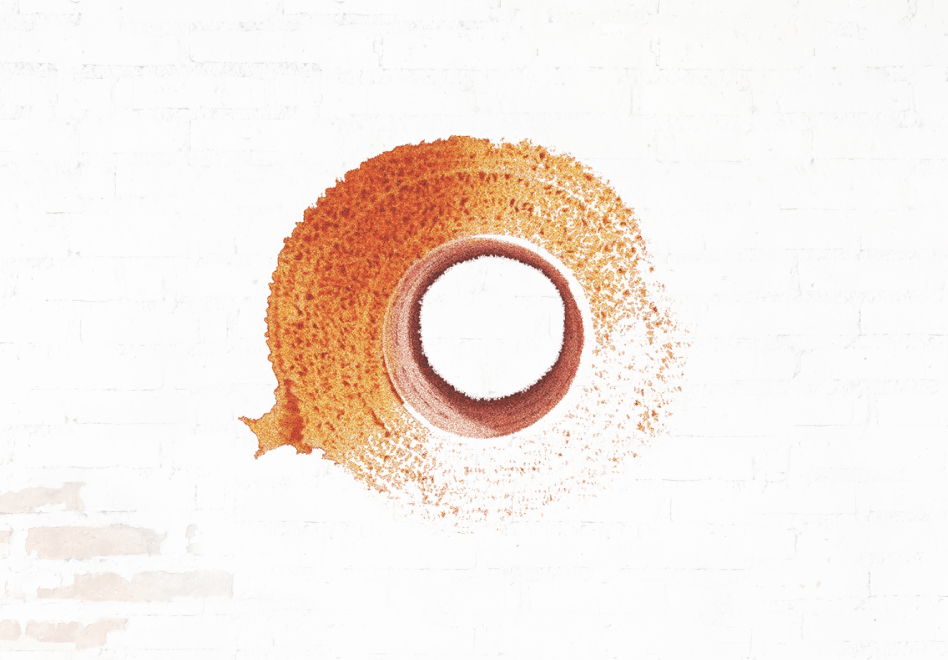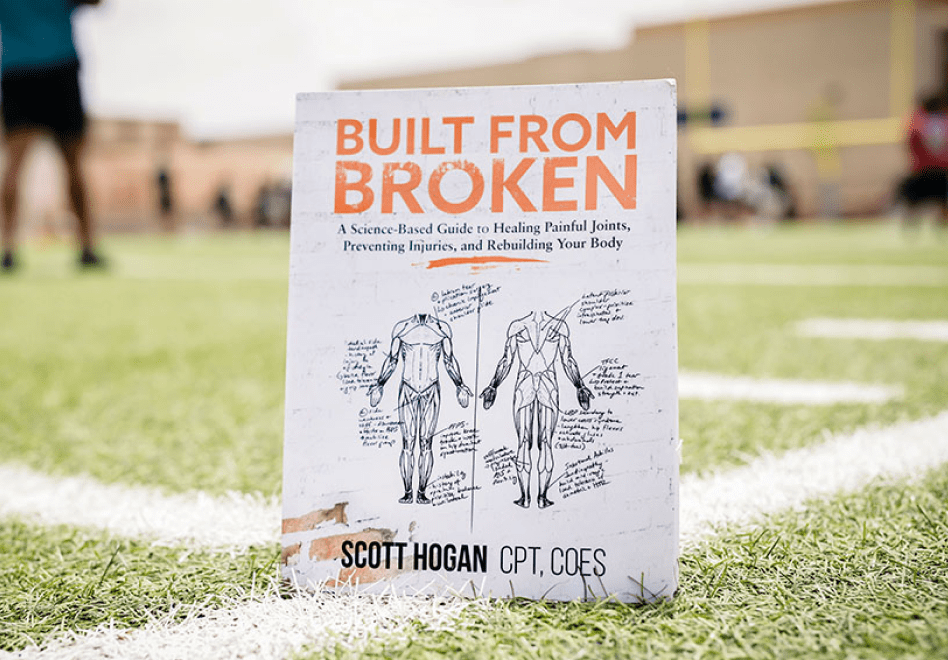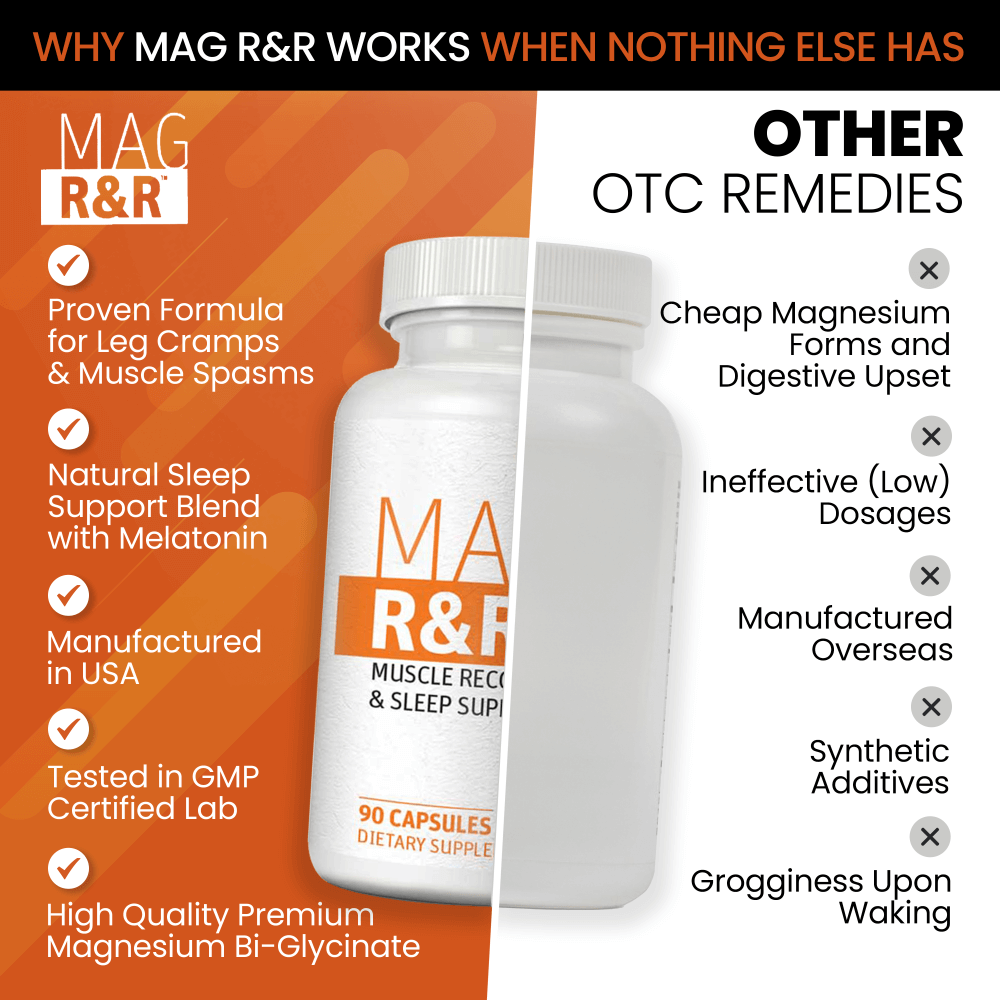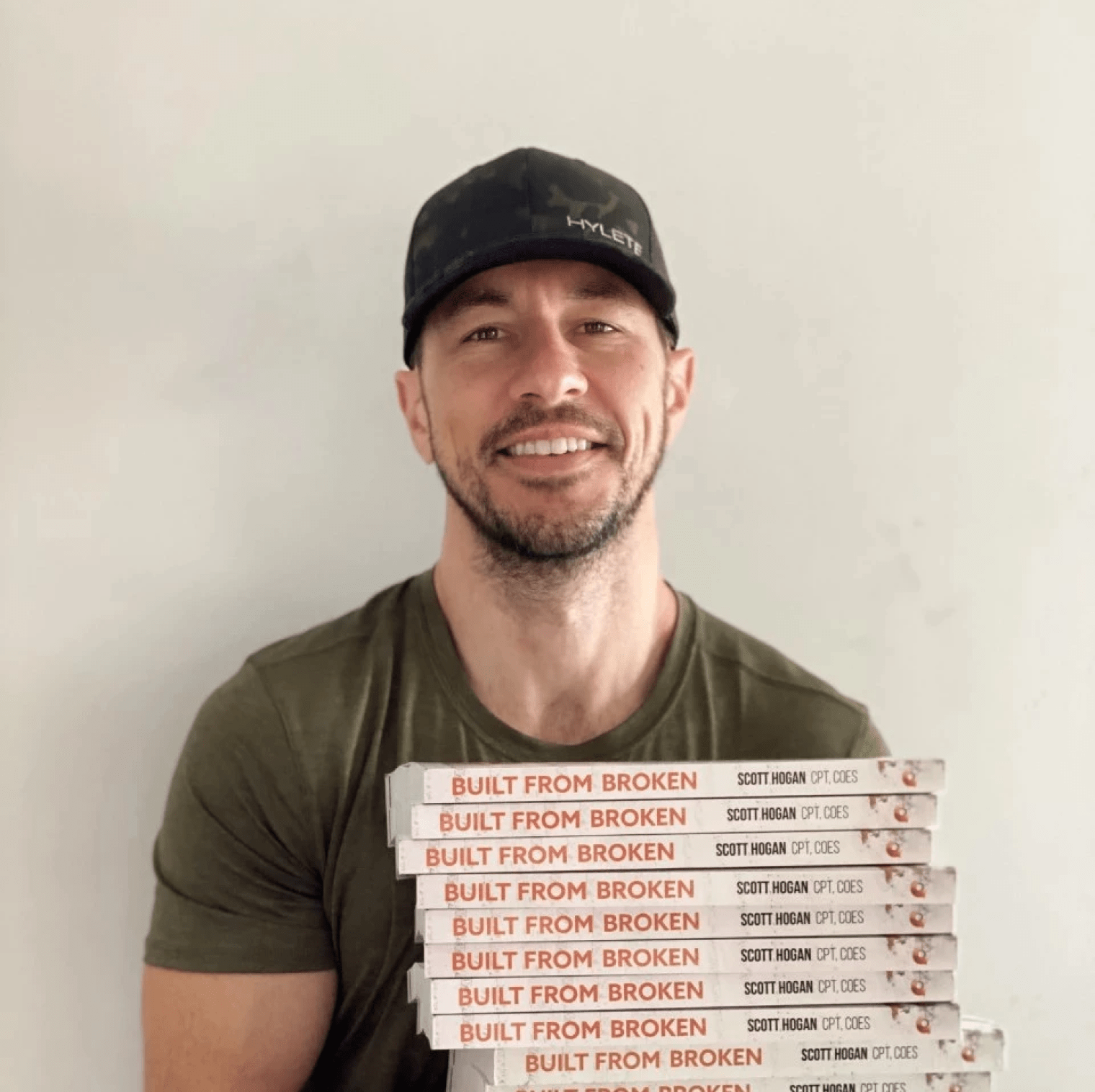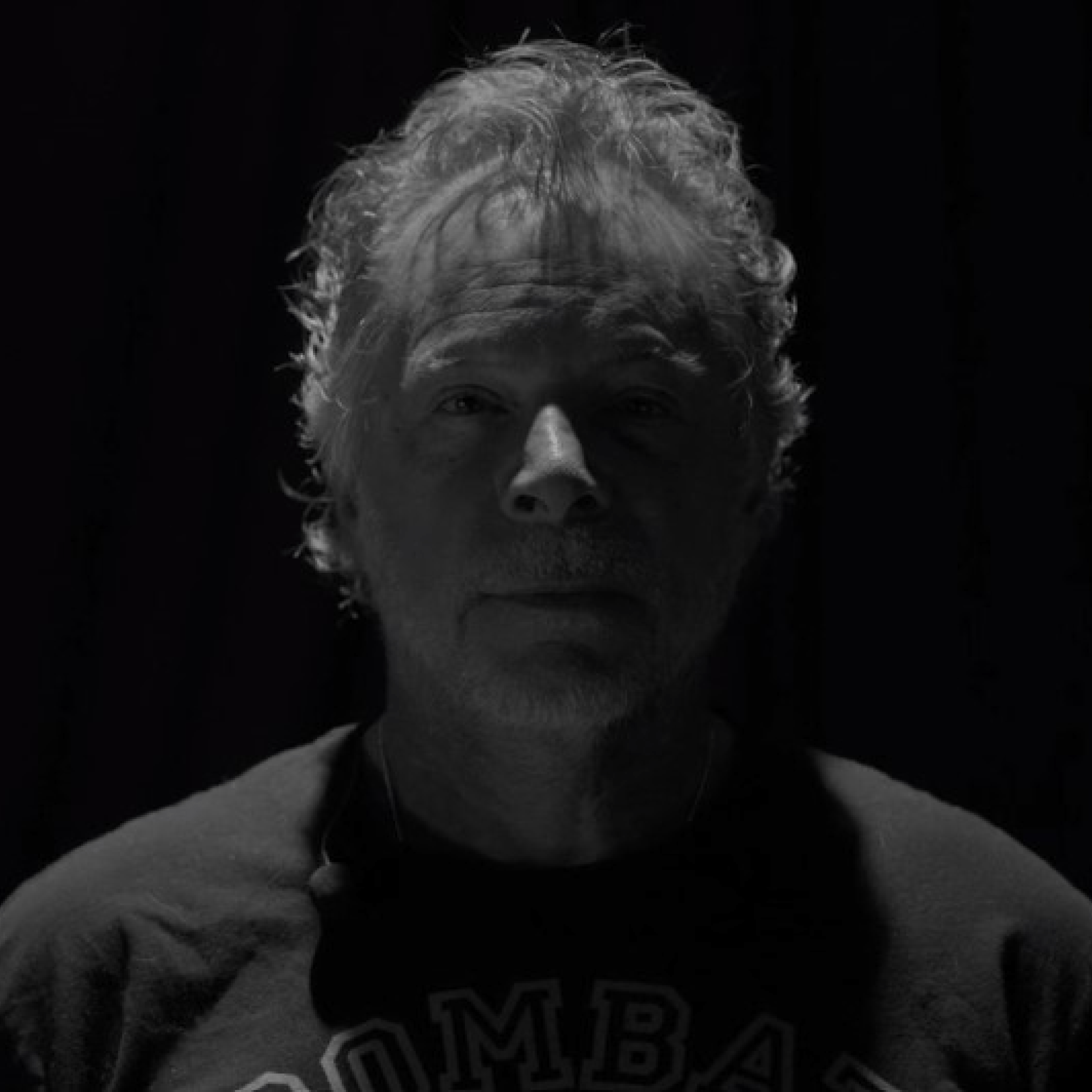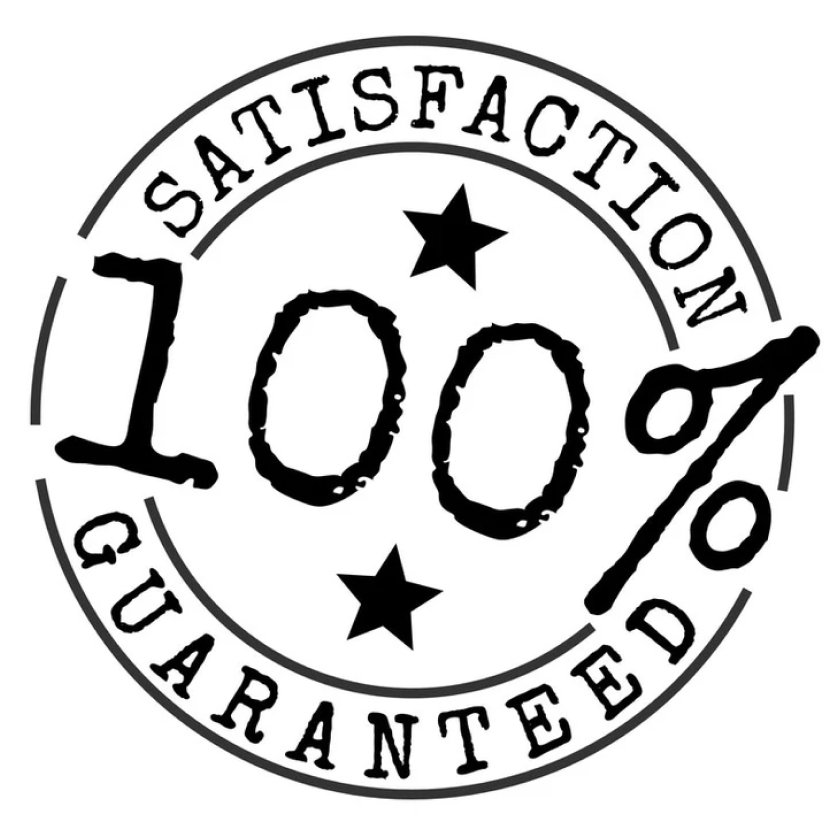1. Rosanoff A1, Weaver CM, Rude RK., “Suboptimal magnesium status in the United States: are the health consequences underestimated?” Nutr Rev. 2012 Mar;70(3):153-64. doi: 10.1111/j.1753-4887.2011.00465.x. Epub 2012 Feb 15. http://www.ncbi.nlm.nih.gov/pubmed/22364157
2. Daniells, Stephen, “Magnesium Sales to Surpass Calcium Sales by 2020?” Nutra Ingredients USA February 2016. https://www.nutraingredients.com/Article/2016/02/18/Magnesium-sales-to-surpass-calcium-sales-by-2020/
3. Slutsky I, Abumaria N, Wu LJ, et al. “Enhancement of learning and memory by elevating brain magnesium.” Neuron. 2010 Jan 28;65(2):165-77
4. Collins S, Zuurmond WW, de Lange JJ, van Hilten BJ, Perez RS (2009), “Intravenous magnesium for complex regional pain syndrome type 1 (CRPS 1) patients: a pilot study.” Pain Med 10: 930-940. http://www.ncbi.nlm.nih.gov/pubmed/19496957
5. Lamontagne C, Sewell JA, Vaillancourt R, Kuhzarani C, (2012), “Rapid Resolution of Back Pain with Magnesium Glycinate in a Pediatric Patient.” J Pain Relief 1:101
6. Coudray C, Rambeau M, Feillet-Coudray C, Gueux E, Tressol JC, Mazur A, Rayssiguier Y: “Study of magnesium bioavailability from ten organic and inorganic Mg salts in Mg- depleted rats using a stable isotope approach.” Magnes Res 2005;18:215–223.
7. Azizov, AP; Seĭfulla, RD (May–Jun 1998). "[The effect of elton, leveton, fitoton and adapton on the work capacity of experimental animals]." Eksperimental'naia i klinicheskaia farmakologiia 61 (3): 61–3.
8. Darbinyan, V; Kteyan, A; Panossian, A; Gabrielian, E; Wikman, G; Wagner, H (Oct 2000). "Rhodiola rosea in stress induced fatigue--a double blind cross-over study of a standardized extract SHR-5 with a repeated low-dose regimen on the mental performance of healthy physicians during night duty." Phytomedicine: international journal of phytotherapy and phytopharmacology 7 (5): 365–71.
9. Panossian A, Wikman G, Sarris J., “Rosenroot (Rhodiola rosea): traditional use, chemical composition, pharmacology and clinical efficacy.” Phytomedicine. 2010 Jun;17(7):481-93. http://www.ncbi.nlm.nih.gov/pubmed/20378318
10. Darbinyan, V., et al. "Rhodiola rosea in stress induced fatigue—A double blind cross-over study of a standardized extract SHR-5 with a repeated low-dose regimen on the mental performance of healthy physicians during night duty." Phytomedicine 7.5 (2000): 365-371.
11. Parisi A, Tranchita E, Duranti G, Ciminelli E, Quaranta F, Ceci R, Cerulli C, Borrione P, Sabatini S., “Effects of Rhodiola Rosea supplementation on sport performance and antioxidant capacity in trained male: preliminary results.” J Sports Med Phys Fitness. 2010 Mar;50(1):57-63. http://www.ncbi.nlm.nih.gov/pubmed/20308973
12. Jurcău, Ramona; Jurcău, Ioana; Bodescu, Cristian, “Anxiety and salivary cortisol modulation in exercise induced stress, using a phytotherapic product containing Rhodiola Rosea.” Palestrica of the Third Millennium Civilization & Sport; Jul-Sep2012, Vol. 13 Issue 3, p213. http://connection.ebscohost.com/c/articles/80194318/anxiety-salivary-cortisol-modulation-exercise-induced-stress-using-phytotherapic-product-containing-rhodiola-rosea
13. Noreen EE1, Buckley JG, Lewis SL, Brandauer J, Stuempfle KJ., “The effects of an acute dose of Rhodiola rosea on endurance exercise performance.” J Strength Cond Res. 2013 Mar;27(3):839-47. http://www.ncbi.nlm.nih.gov/pubmed/23443221
14. Darbinyan V1, Aslanyan G, Amroyan E, Gabrielyan E, Malmström C, Panossian A., “Clinical trial of Rhodiola rosea L. extract SHR-5 in the treatment of mild to moderate depression.” Nord J Psychiatry. 2007;61(5):343-8. http://www.ncbi.nlm.nih.gov/pubmed/17990195
15. Dwyer AV1, Whitten DL, Hawrelak JA., “Herbal medicines, other than St. John's Wort, in the treatment of depression: a systematic review.” Altern Med Rev. 2011 Mar;16(1):40-9. http://www.ncbi.nlm.nih.gov/pubmed/21438645
16. Edwards D1, Heufelder A, Zimmermann A., “Therapeutic effects and safety of Rhodiola rosea extract WS® 1375 in subjects with life-stress symptoms--results of an open-label study.” Phytother Res. 2012 Aug;26(8):1220-5.http://www.ncbi.nlm.nih.gov/pubmed/22228617
17. Oosterholt BG1, Maes JH2, Van der Linden D3, Verbraak MJ4, Kompier MA5. “Getting better, but not well: A 1.5 year follow-up of cognitive performance and cortisol levels in clinical and non-Clinical burnout.” Biol Psychol. 2016 May;117:89-99. http://www.ncbi.nlm.nih.gov/pubmed/26930250
18. Auddy, Bjswajit et al. “A Standardized Withania Somnifera Extract Significantly Reduces Stress-Related Parameters...” Achintya Mitra, Feb 07, 2015. https://www.researchgate.net/publication/242151370
19. Khan B1, Ahmad SF, Bani S, Kaul A, Suri KA, Satti NK, Athar M, Qazi GN. “Augmentation and proliferation of T lymphocytes and Th-1 cytokines by Withania somnifera in stressed mice.” Int Immunopharmacol. 2006 Sep;6(9):1394-403. Epub 2006 May 8. http://www.ncbi.nlm.nih.gov/pubmed/16846833
20. Mikolai J1, Erlandsen A, Murison A, Brown KA, Gregory WL, Raman-Caplan P, Zwickey HL., “In vivo effects of Ashwagandha (Withania somnifera) extract on the activation of lymphocytes.” J Altern Complement Med. 2009 Apr;15(4):423-30. http://www.ncbi.nlm.nih.gov/pubmed/19388865
21. Shenoy S1, Chaskar U, Sandhu JS, Paadhi MM. “Effects of eight-week supplementation of Ashwagandha on cardiorespiratory endurance in elite Indian cyclists.” J Ayurveda Integr Med. 2012 Oct;3(4):209-14. http://www.ncbi.nlm.nih.gov/pubmed/23326093
22. Hong KB1, Park Y2, Suh HJ3. “Sleep-promoting effects of the GABA/5-HTP mixture in vertebrate models.” Behav Brain Res. 2016 May 2;310:36-41. http://www.ncbi.nlm.nih.gov/pubmed/27150227
23. Gottesmann C1. “GABA mechanisms and sleep.” Neuroscience. 2002;111(2):231-9. http://www.ncbi.nlm.nih.gov/pubmed/11983310
24. Birdsall TC1. “5-Hydroxytryptophan: a clinically-effective serotonin precursor.” Altern Med Rev. 1998 Aug;3(4):271-80.
http://www.ncbi.nlm.nih.gov/pubmed/9727088
25. Huang YC1, Wahlqvist ML, Lee MS. “Sleep quality in the survival of elderly taiwanese: roles for dietary diversity and pyridoxine in men and women.” J Am Coll Nutr. 2013;32(6):417. http://www.ncbi.nlm.nih.gov/pubmed/24606715
26. Jawna-Zboińska K1, Blecharz-Klin K1, Joniec-Maciejak I1, Wawer A1, Pyrzanowska J1, Piechal A1, Mirowska-Guzel D1,2, Widy-Tyszkiewicz E1. “Passiflora incarnata L. Improves Spatial Memory, Reduces Stress, and Affects Neurotransmission in Rats.” Phytother Res. 2016 May;30(5):781-9. http://www.ncbi.nlm.nih.gov/pubmed/26814055
27. Walecka-Kapica E1, Klupińska G1, Chojnacki J1, Tomaszewska-Warda K2, Błońska A1, Chojnacki C1. “The effect of melatonin supplementation on the quality of sleep and weight status in postmenopausal women.” Prz Menopauzalny. 2014 Dec;13(6):334-8. http://www.ncbi.nlm.nih.gov/pubmed/26327875
28. McCarty MF. “Complementary Vascular-Protective Actions of Magnesium and Taurine: A Rationale for Magnesium Taurate.” Medical Hypotheses (1996) 46. 89-100
29. Slutsky I, Abumaria N, Wu LJ, et al. “Enhancement of learning and memory by elevating brain magnesium.” Neuron. 2010 Jan 28;65(2):165-77
30. Global Organization for Stress, “Stress Related Facts and Statistics.” http://www.gostress.com/stress-facts/
31. https://articles.mercola.com/sites/articles/archive/2013/12/08/magnesium-health-benefits.aspx.
32. https://www.ncbi.nlm.nih.gov/pmc/articles/PMC3341916/

